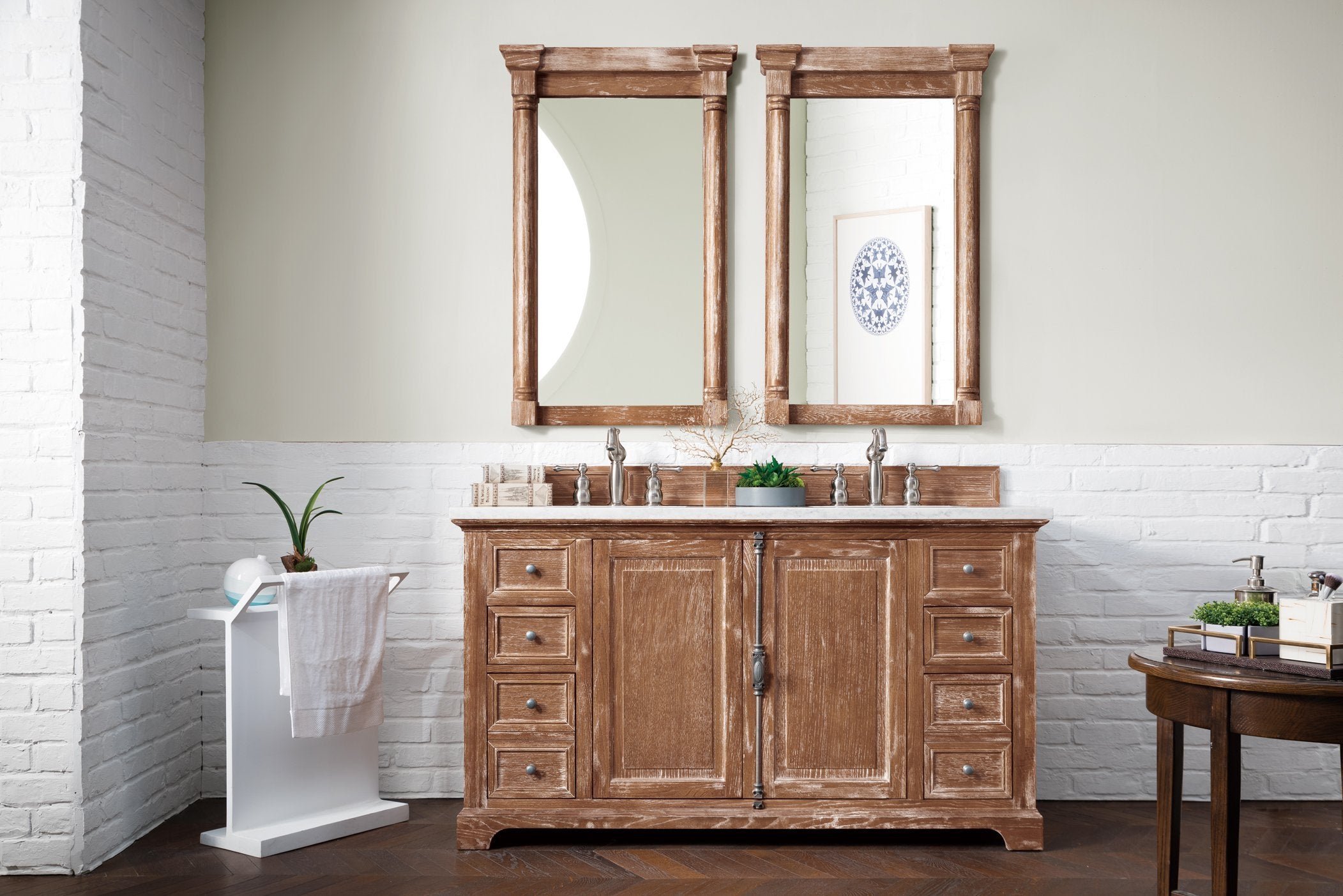

However, we will include scenes (e.g., office), objects (e.g., laptop computer), and parts of objects (e.g., keyboard). That is, it will not include CAD mechanical parts, molecular structures, or other domain-specific objects. Though the tools developed for this project will be general-purpose, we intend to include only 3D models of objects encountered by people in the everyday world. 3 ShapeNet: An Information-Rich 3D Model Repository


Table 1: Source datasets from SHREC 2014: Princeton Shape Benchmark (PSB), SHREC 2012 generic Shape Benchmark (SHREC12GTB), Toyohashi Shape Benchmark (TSB), Konstanz 3D Model Benchmark (CCCC), Watertight Model Benchmark (WMB), McGill 3D Shape Benchmark (MSB), Bonn Architecture Benchmark (BAB), Purdue Engineering Shape Benchmark (ESB). We aim to provide a similar resource for 3D models of everyday objects. It has accelerated the development of data-driven algorithms, facilitated the creation of benchmarks, and linked researchers and industry from around the world. This database is a common repository of all 3D protein structures solved to date and provides a shared infrastructure for the collection and transfer of knowledge about each entry. For example, the Protein Data Bank provides a database with 100K protein 3D structures, each labeled with its source and links to structural and functional annotations. Similarly, large collections of annotated 3D data have had great influence on progress in other disciplines. In this report we describe the ShapeNet effort as a whole, provide details for all currently available datasets, and summarize future plans. At the time of this technical report, ShapeNet has indexed more than 3,000,000 models, 220,000 models out of which are classified into 3,135 categories (WordNet synsets). Annotations are made available through a public web-based interface to enable data visualization of object attributes, promote data-driven geometric analysis, and provide a large-scale quantitative benchmark for research in computer graphics and vision. It is a collection of datasets providing many semantic annotations for each 3D model such as consistent rigid alignments, parts and bilateral symmetry planes, physical sizes, keywords, as well as other planned annotations. ShapeNet contains 3D models from a multitude of semantic categories and organizes them under the WordNet taxonomy. We present ShapeNet: a richly-annotated, large-scale repository of shapes represented by 3D CAD models of objects.


 0 kommentar(er)
0 kommentar(er)
